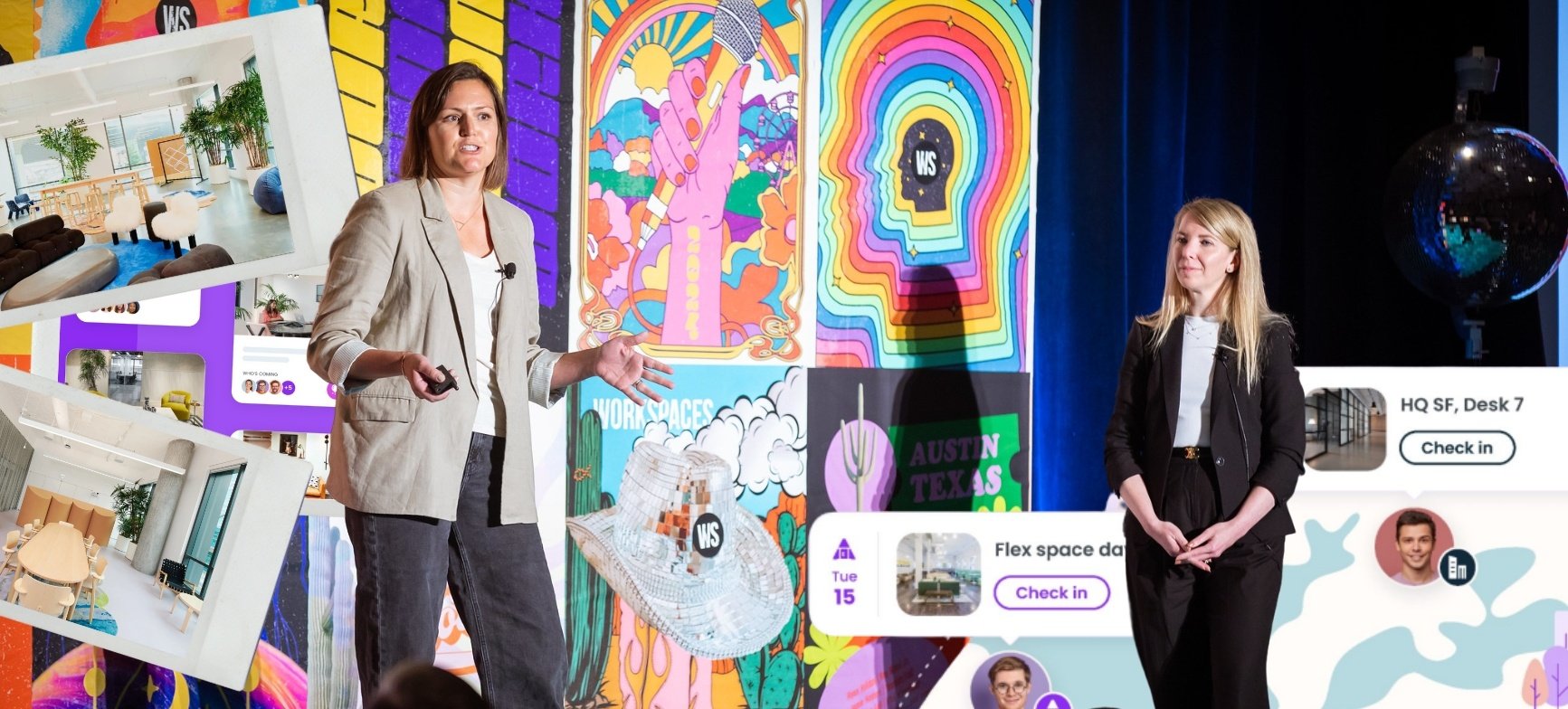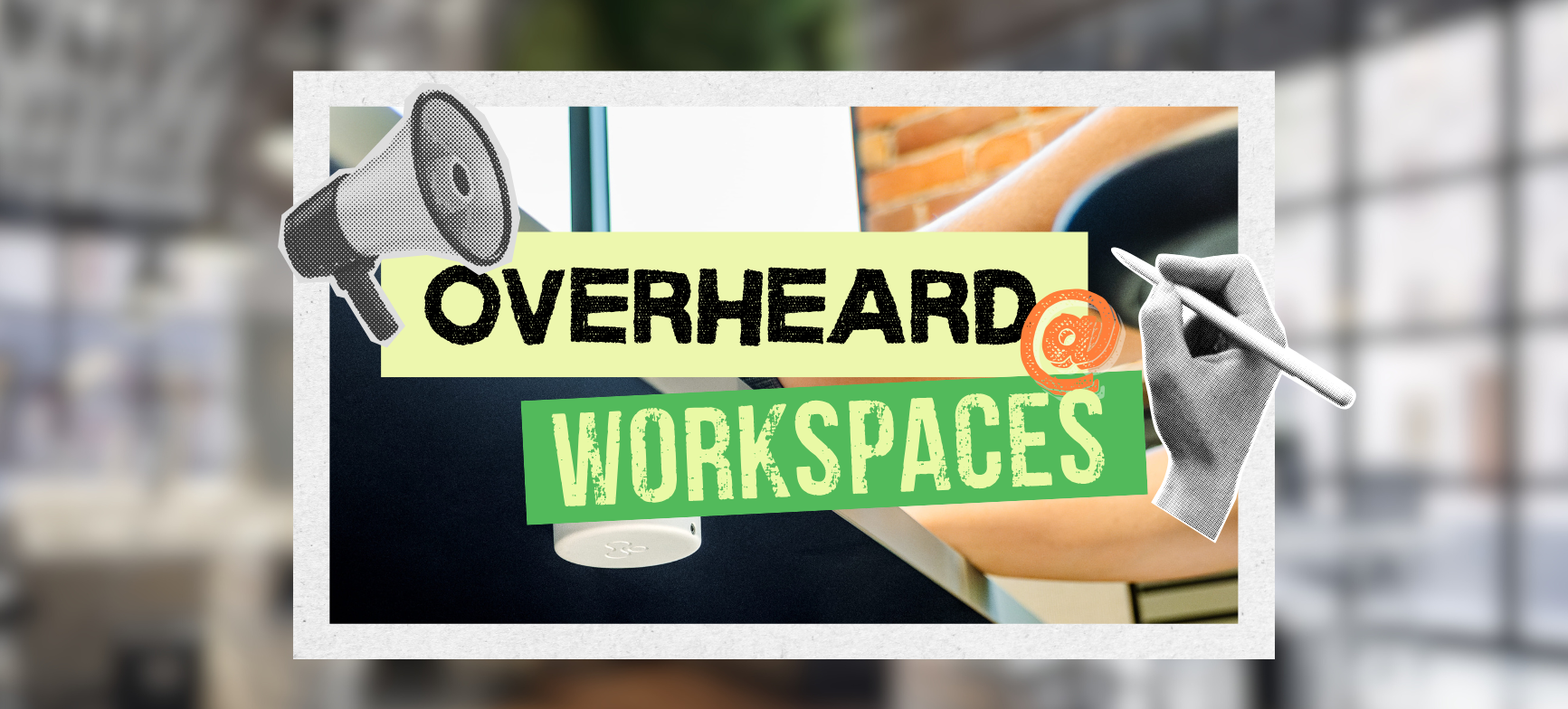There’s a reason hybrid is still so damn hard: It was never about real estate. It was about orchestration.
At WorkSpaces, Chandler Bonney, Director of Real Estate at Dropbox, and Liza Levin, CEO of Gable, pulled back the curtain on what it actually takes to operationalize a hybrid strategy, without the chaos.
No high-level fluff. No perfect policy. Just a hard-won playbook for enabling flexible work at scale.
Dropbox Didn’t Just Go “Virtual First.” They Rebuilt How People Gather.
In 2020, Dropbox cut its real estate footprint by 90%. But this wasn’t just a space reduction, it was a complete mindset shift.
They stopped thinking about offices as destinations and started treating them as tools for intentional connection.
Instead of optimizing for square footage, they optimized for purpose—reimagining how and why people gather. They defined three core use cases:
- Offsites → Structured, project-based sprints
- Retreats → Culture-building and team bonding
- Coworking Meetups → Small, informal collaboration
“This wasn’t about getting rid of offices. It was about designing better reasons to come together.” said Bonney.
And they didn’t stop at theory. To support this shift, Dropbox built:
- An offsite planning team
- A self-serve “offsite-in-a-box” toolkit
- Internal event calendars so teams could coordinate and overlap trips
The result? A model that wasn’t just flexible—it was intentional, trackable, and actually used by teams.
The Real Challenge: Enabling Flexibility Without Losing Control
That’s where Gable came in. As a former Microsoft engineer, Liza Levin knew the hardest part of distributed work isn’t productivity—it’s connection. Not just Zoom calls, but real moments of collaboration that build trust and momentum.
So she built Gable—not to offer coworking perks, but to give companies a way to orchestrate how people gather, with structure, data, and scale.
At Dropbox, Gable helped connect the dots:
- Giving teams access to coworking spaces in cities where there’s no office
- Helping employees plan offsites without bottlenecks
- Tracking usage, spend, and team behavior—so workplace leaders could make smart, fast decisions
And perhaps the most important signal: 60% of bookings on Gable are for team gatherings. That’s what employees are seeking: ways to connect on their own terms.
Hybrid Was Never About Policies. It Was Always About Systems.
Dropbox didn’t try to force people back. They made it easy for people to come together with purpose.
And they didn’t lose sight of the operational side:
- They tracked who was using what, where, and why
- They integrated their tools with finance and HR systems
- They built internal workflows that removed friction for employees and admins alike
It wasn’t perfect. But it was real. And it worked. “We’re not managing spaces. We’re managing experiences.” — Liza Levin, Gable
What Workplace Teams Actually Need
Whether or not your company still identifies as hybrid, the Dropbox x Gable model offers something every workplace team needs: clarity.
- Clarity around how teams gather
- Clarity around what’s working and what’s wasted
- Clarity around where to invest—physically and financially
If your current strategy relies on mandates, guesswork, or a one-size-fits-all calendar... it’s probably time to rethink it.
Watch the full discussion below…

Posted by
Join us at WorkSpaces!
The retreat for corporate real estate and workplace innovators.
Oct 4-6, 2026 | Santa Barbara, CA




-3.png)
-3.png)


-2.png)

Comments